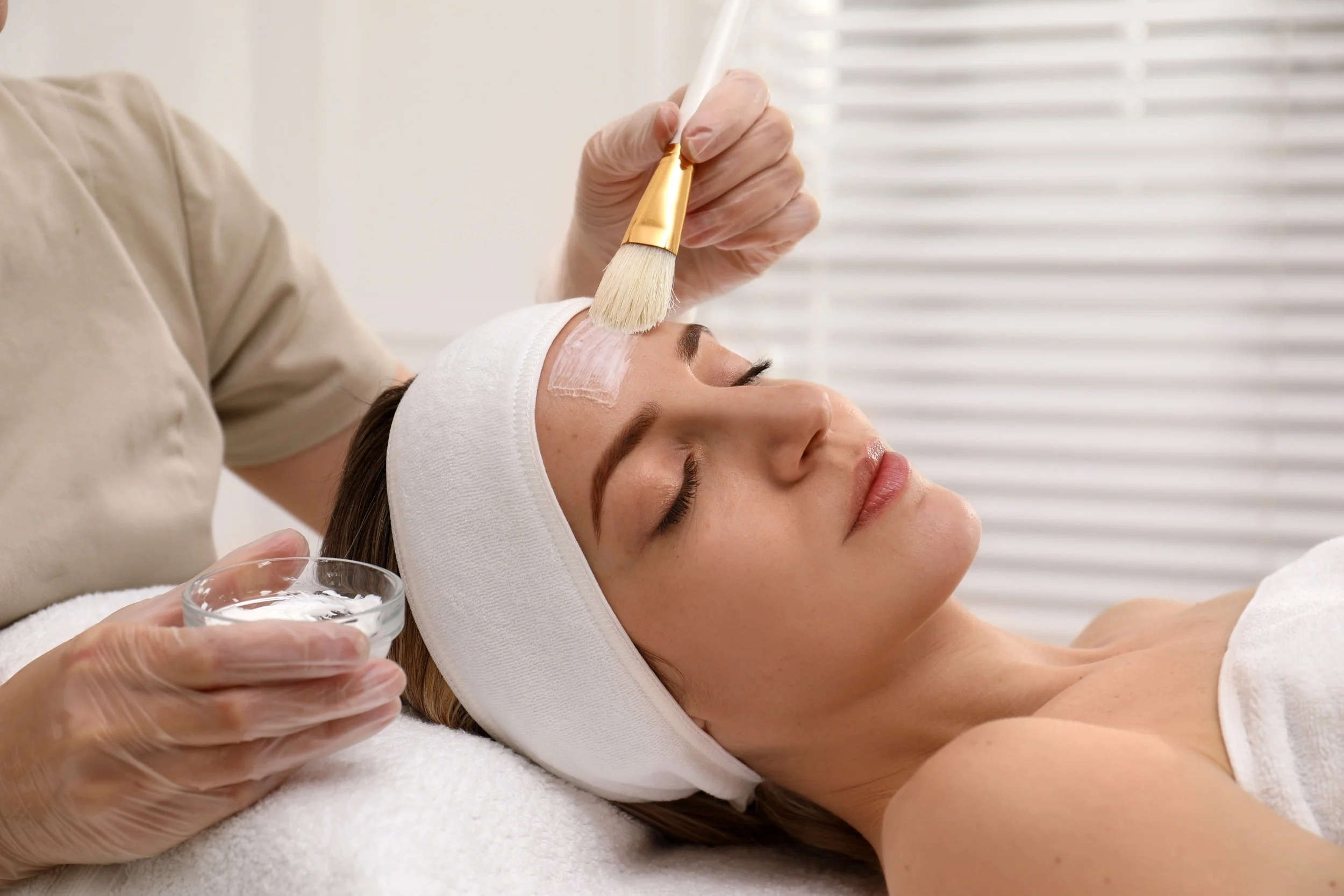What to Avoid After a Chemical Peel
The Importance of Aftercare for Chemical Peels
Chemical peels are a popular med spa treatment, providing benefits like smoother skin, fewer wrinkles, and a more even skin tone. However, to truly reap these benefits, it’s essential to follow the right aftercare practices. Post-peel skin is delicate and requires special care to ensure optimal healing, avoid complications, and achieve the best possible results. In this guide, we’ll go over what to avoid after a chemical peel to keep your skin safe, radiant, and smooth.
Why Proper Aftercare Matters
Chemical peels work by removing the outer layers of skin, which stimulates cell turnover and reveals fresher, rejuvenated skin. Because these outer layers are removed, post-peel skin is sensitive and more susceptible to environmental stressors. Without proper care, you might experience side effects such as redness, hyperpigmentation, or even scarring. The key to a beautiful recovery is to know what to avoid—and for how long.
What to Avoid After a Chemical Peel
1. Direct Sun Exposure
After a chemical peel, your skin is especially vulnerable to UV damage. Exposure to the sun can cause hyperpigmentation, sunburn, and irritation. For at least two weeks, avoid prolonged exposure to sunlight. Use a broad-spectrum sunscreen with SPF 30 or higher daily, even if it’s cloudy, and consider wearing a wide-brimmed hat or other protective clothing.
2. Exfoliating Products and Scrubs
It’s tempting to keep exfoliating for an even smoother complexion, but avoid any exfoliating products, including physical scrubs and chemical exfoliants, for at least a week after your peel. Exfoliating too soon can irritate your skin and prolong the healing process. Let your skin heal naturally without additional exfoliation.
3. Heavy Makeup
Post-peel skin can be sensitive to makeup, especially heavy or oil-based products. Wearing makeup too soon after a peel can clog pores, lead to breakouts, and hinder the skin’s natural healing. If you need to wear makeup, choose a lightweight, mineral-based foundation that’s breathable and won’t irritate your skin.
4. Excessive Heat (Saunas, Hot Showers, and Steam Rooms)
High heat can exacerbate post-peel redness and inflammation, slowing your skin’s recovery. For the first few days after a peel, avoid saunas, steam rooms, and hot showers. Instead, stick to lukewarm water, which is gentler on sensitive skin.
5. Strenuous Exercise
Exercise may be excellent for overall health, but the sweat produced during strenuous workouts can irritate sensitive post-peel skin. Sweat can cause itching, redness, and even breakouts in freshly treated skin. Avoid high-intensity workouts for at least 48 hours after your peel, and opt for gentle, low-impact activities if needed.
6. Picking or Touching the Skin
After a chemical peel, it’s normal for skin to flake or peel, but resist the urge to pick at or peel away any skin manually. Doing so can lead to scarring, infection, or prolonged healing. Let the skin shed naturally to avoid damaging new skin layers.
7. Using Strong Active Ingredients (Retinoids, AHAs, BHAs)
Retinoids, alpha hydroxy acids (AHAs), and beta hydroxy acids (BHAs) are powerful ingredients that can improve skin texture, but they’re too harsh for freshly peeled skin. Avoid using any products containing these active ingredients for at least a week or until your skin has fully healed. Stick to gentle, hydrating products instead.
8. Swimming Pools and Chlorinated Water
Swimming pools often contain chlorine, which can irritate and dry out sensitive, post-peel skin. Chlorine can also interfere with the healing process, potentially leading to unwanted side effects. To be safe, avoid swimming in pools or the ocean for at least one week after your peel.
What to Do Instead: Helpful Post-Peel Tips
While it’s essential to know what to avoid, there are also positive steps you can take to care for your skin after a chemical peel:
Hydrate - Use a gentle, fragrance-free moisturizer to keep your skin hydrated. Look for ingredients like hyaluronic acid, which can help retain moisture without irritation.
Simplify Your Routine - Stick to a minimal skincare routine focused on gentle, hydrating products.
Use Lukewarm Water - Cleanse your face with lukewarm water to avoid irritating sensitive skin.
Sun Protection - Apply sunscreen daily and take sun protection seriously. UV exposure can damage healing skin and lead to pigmentation issues.
When to Contact Your Med Spa for Assistance
While minor redness and peeling are normal, there are some signs to watch out for. If you experience severe pain, extreme redness, blisters, or signs of infection (such as pus or increased swelling), reach out to your med spa or dermatologist right away. Professional guidance is invaluable if you’re concerned about your healing process.
Taking care of your skin after a chemical peel is essential for achieving the best results. By avoiding certain activities and following proper aftercare steps, you can enjoy a smoother, brighter, and healthier complexion. Have questions about your chemical peel or aftercare? Don’t hesitate to reach out to our team at ZZ Med Spa for expert guidance and personalized advice.

